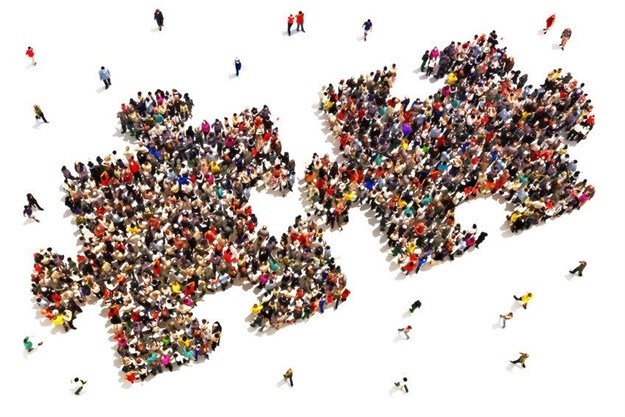
Today, many organisations are placing emphasis on finding a balance between employees being able to utilise their own time for brainstorming and problem solving, and spending time in a team – both as part of an overall collaborative process.
As the areas of intersection between people and technology continues to grow, employees now expect to see the consumer products they use in their personal lives - messaging, Siri, Alexa, and more - available in the workplace. They expect the latest cloud tools so that they can communicate and collaborate with their colleagues from any place, at any time, across any device.
In addition, the adoption of mobile technologies allows them to work in far more flexible environments as opposed to those of traditional office-based 9 to 5 workers, while also providing many more employees with the opportunity to work remotely.
According to Wayne Kurtzman, research director for the IDC's Social, Communities and Collaboration practice, the collaboration imperative is a fundamental change in how we work. He says connected employees, partners and, increasingly, customers are doing more than streamlining workflow, they are redesigning how work is done. Kurtzman adds that connected employees are interacting with conversations, content, and data in new ways — often helped by artificial intelligence and that the results are often staggering, with fewer meetings and emails, greater employee engagement, and faster execution while seamlessly creating new best practices.
When teams can collaborate seamlessly and openly share information, they are enabled to work at their most effective and productive levels. This is in direct contrast to a siloed approach, which generally leads to the extension of the time required to complete a task, and an increase in overall costs.
In order to take advantage of this, it is essential that an organisation’s underlying human capital management (HCM) solution enables unified communications and collaboration, to ensure all discussions and decisions can be recorded, and any associated documentation is attached as part of the process.
Ultimately, there is no organisation that would not want to take full advantage of the combined brain power and efforts of their employees. Having a collaborative environment will lead the organisation into being able to provide customers with superior products and services, which ultimately improves the bottom line.

The simplest definition of gamification in the business environment, is the process of adding games or game-like elements to business related tasks to increase the levels of participation of employees.
One area where gamification has already taken huge strides ahead of other HR functions, is in the Training and Development environment. The reality is, your modern learner is impatient, tech-savvy, disrupted and on-the-go. And their capacity to learn is way beyond the classroom or in the office environment.
Instead of traditional methods where employees are told what to learn by their management and where learning is restricted to classroom environments, modern learning can be reimagined to methods that allow employees to decide what to learn, and enable learning to occur anytime, anywhere.
Today’s learning technology focuses on traditional, compliance and course catalogue learning strategies but the modern learner craves technology that is always-on, collaborative and offers a curated learning experience.
Using gamification gives organisations the ability to add competitive elements to various environments, and here again learning is playing a leading role. The Learning and Development team is able to present employees with the opportunity to match themselves against their peers and achieve awards or badges, which in turn encourages acknowledgment by both their managers and peers.
One of the newer uptakes in utilising gamification is by organisations who prioritise employee wellness in the workplace. Employees are taking control of their fitness like never before, including at work. Using smartphones and other sensors (such as Jawbone and Fitbit), they are measuring how many steps they take on their walk to work, the time it takes to jog back home, how many calories they burn during the day, even their heart rate and stress levels at work. There is also an interesting gamification aspect, with many people sharing statistics with friends and colleagues in a spirit of friendly competition.
The whole concept of gamification centres around encouraging participation through a means that is fun and non-threatening. Imagine having a workforce who are dying to get through the next module of a training course (to stay ahead of their peers) instead of repeatedly creating reasons why they cannot possibly make the time to complete their training.
Adopting the right technologies means that organisations can turn to collaboration and gamification as a means of creating an engaged workforce, by empowering their employees with real-time communication and productivity tools, as well as a platform to encourage training and development in a positive and rewarding way.